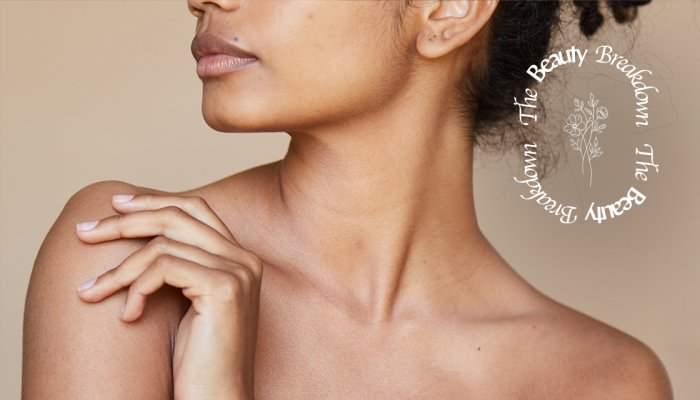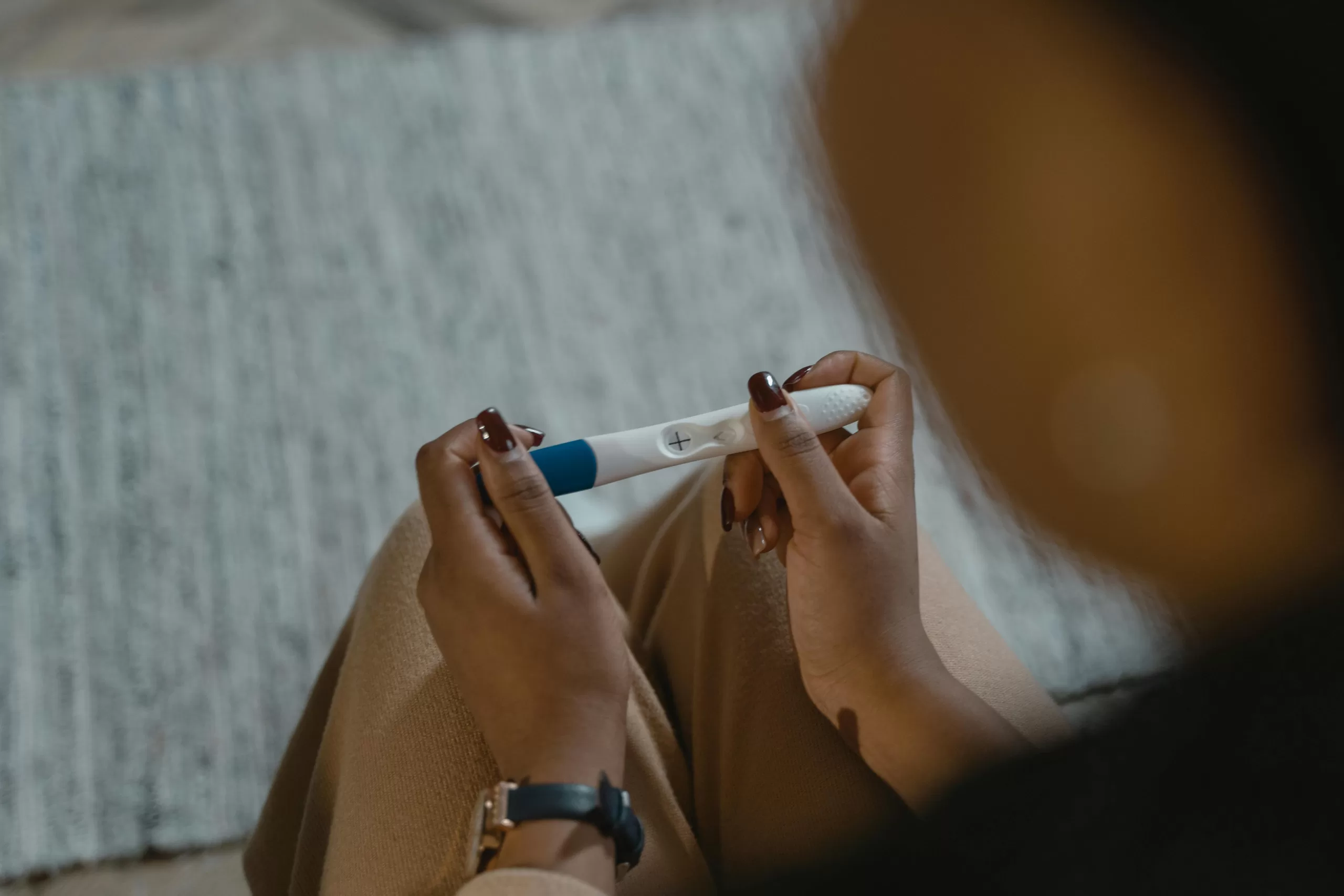

This first fact might make you feel better: “KP, or keratosis pilaris, is one of the top five skin disorders globally, affecting at least 50% of all adolescents1,” says board-certified dermatologist, founder of KP Away and Co-Founder of Skintensive Anar Mikailov, M.D., FAAD.
That number goes up to 75% when you factor in anyone with eczema or ichthyosis vulgaris—a genetic skin condition leading to super dry skin.
“Keratosis pilaris is a harmless skin condition that consists of small red, brown, or pink painless bumps caused by an accumulation of dead skin cells and proteins that fills the hair follicular openings,” board-certified dermatologist Nava Greenfield, M.D., FAAD explains.
This creates a rough texture where every hair follicle is accompanied by a bump. KP is also referred to as “chicken skin” or “strawberry legs.”
You’ll most often find KP on the back of the arms, thighs, butt, legs, and cheeks. Most of the time the bumps are accompanied by redness or dryness, but it ranges from person to person.
“For over 50 years, the medical community has treated KP as a problem of excess keratin and incorrect hair maturation, but newer evidence shows that those are symptoms, not the underlying cause,” Mikailov says.
KP actually has more to do with your sebaceous, or oil-producing glands.
“When sebaceous glands are not functional or are completely missing, the oils, fats, and acids naturally required to promote healthy hair follicle growth and skin turnover are lacking. That ultimately leads to the follicles becoming ‘plugged,’ followed by the bumps, along with redness and inflammation,” Mikailov explains.








